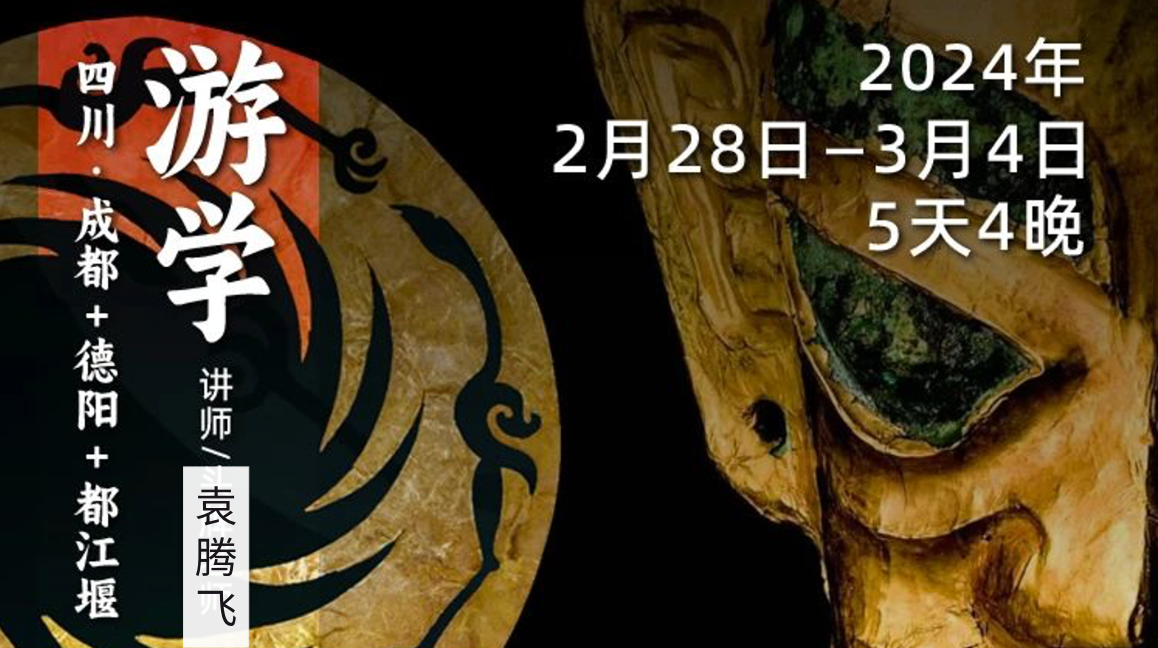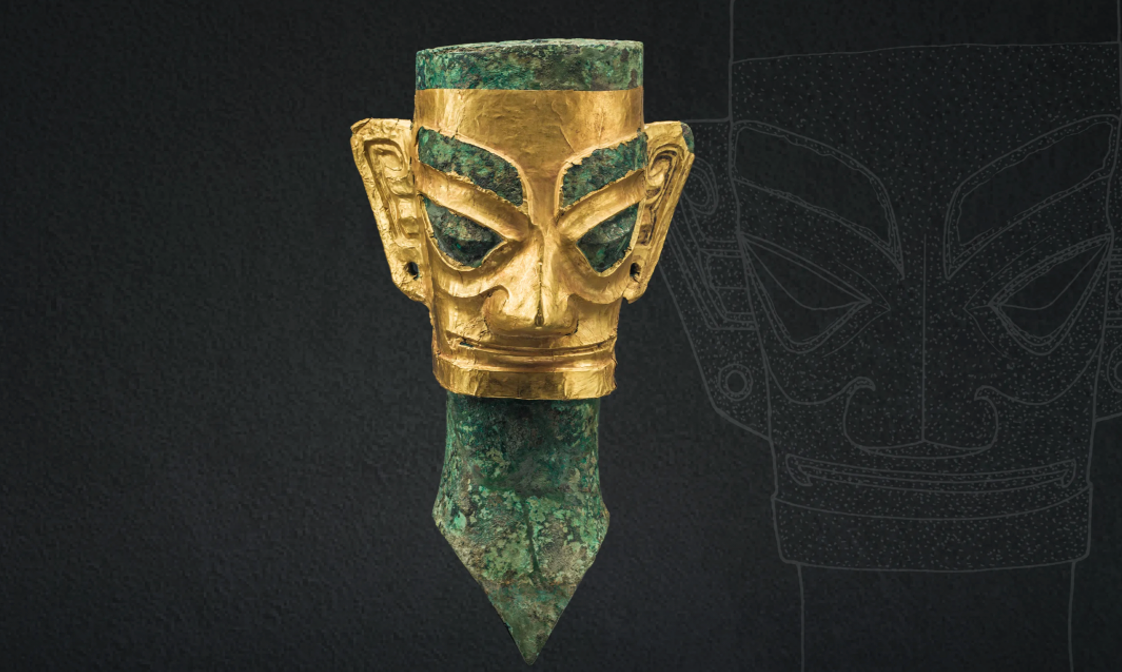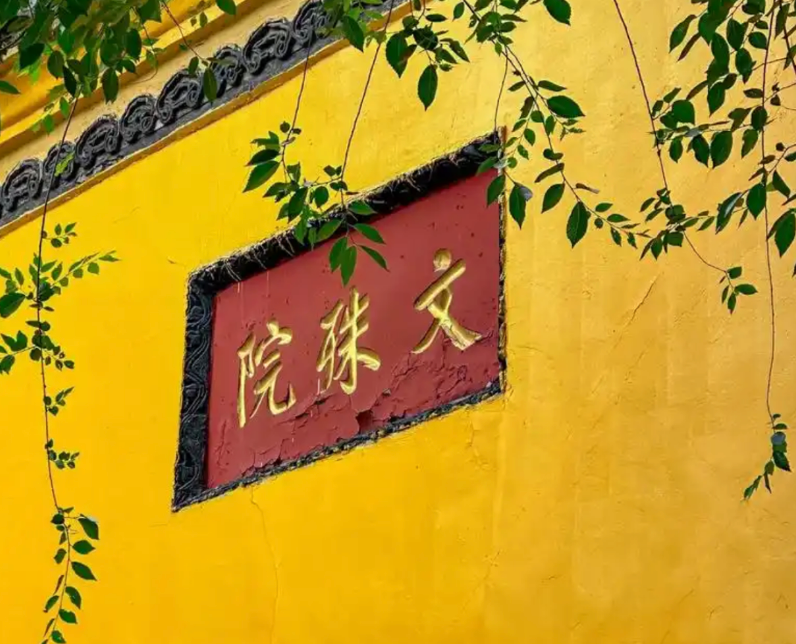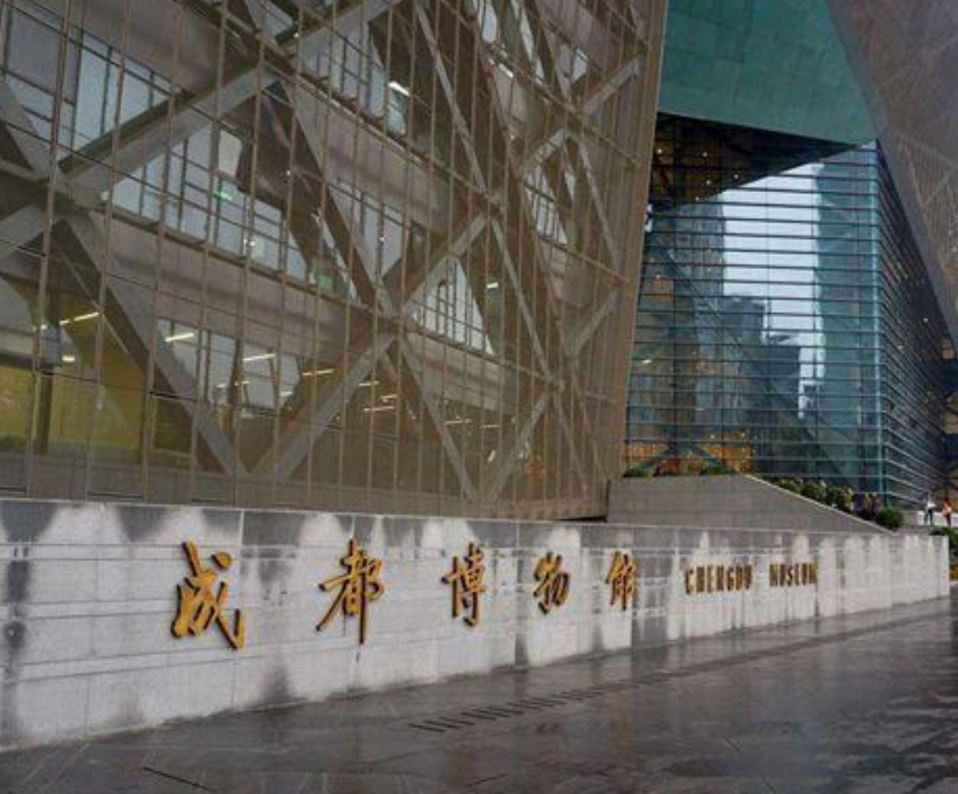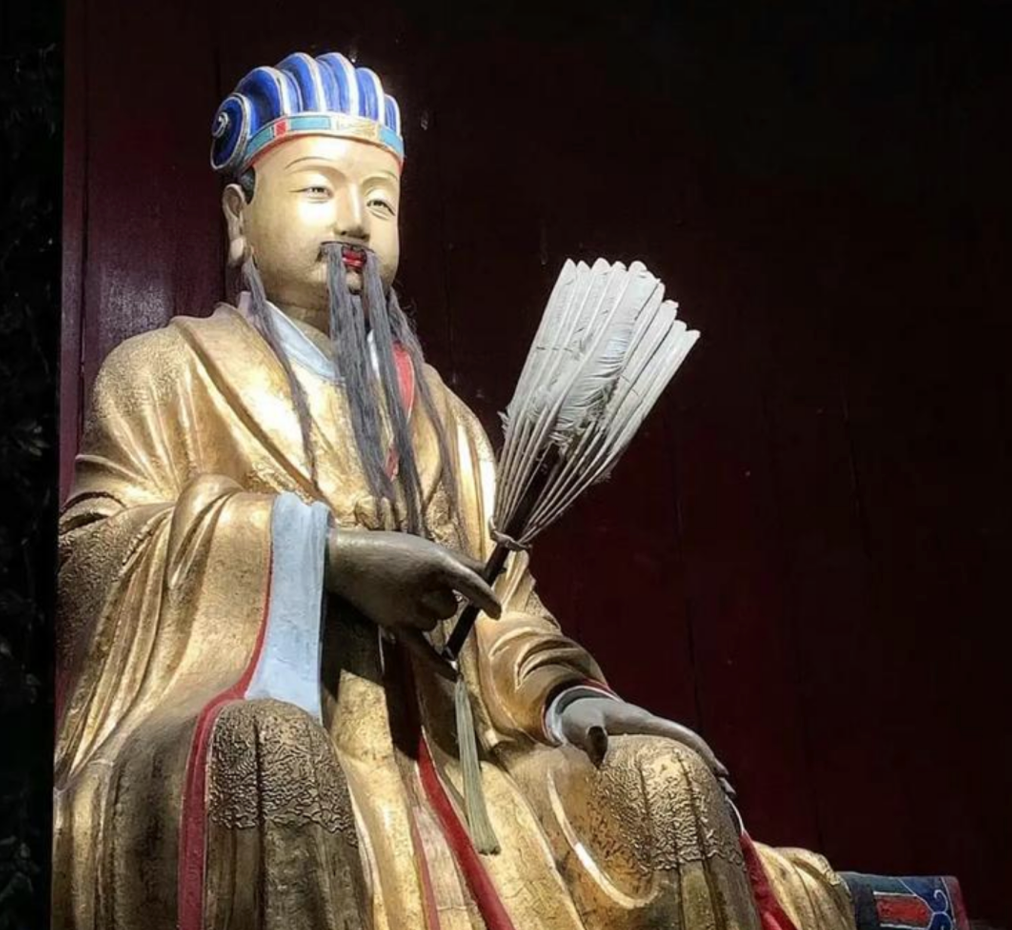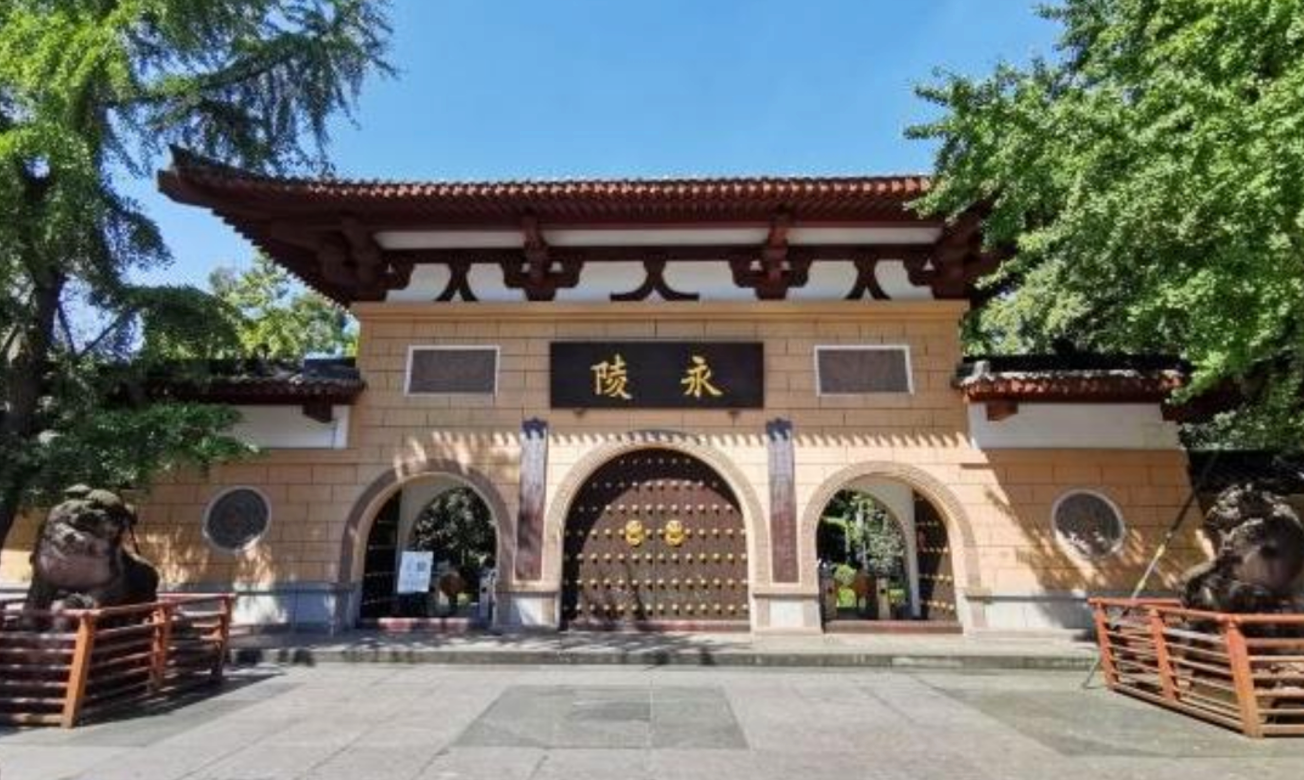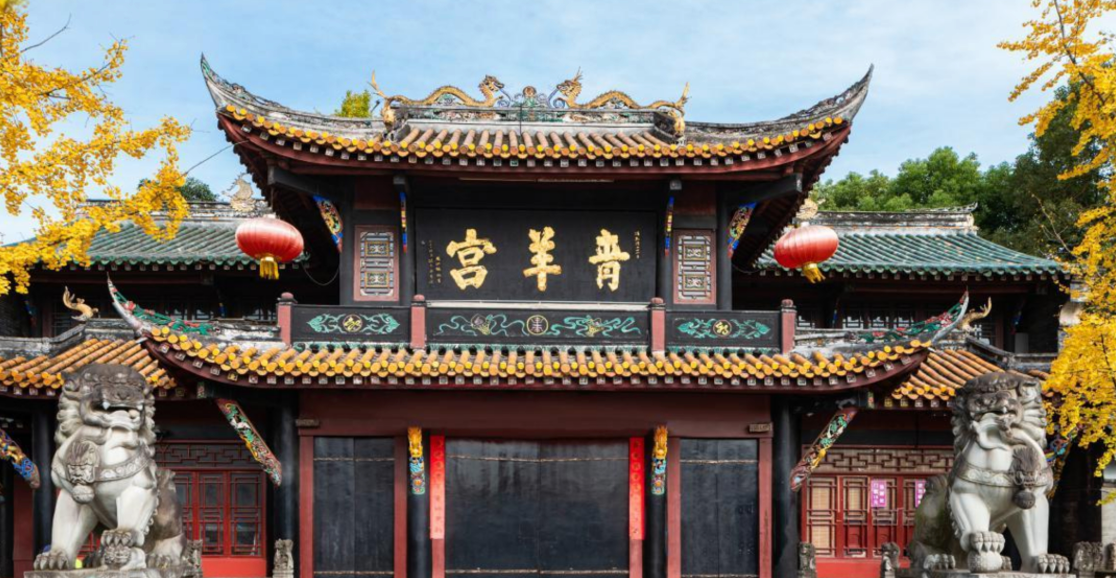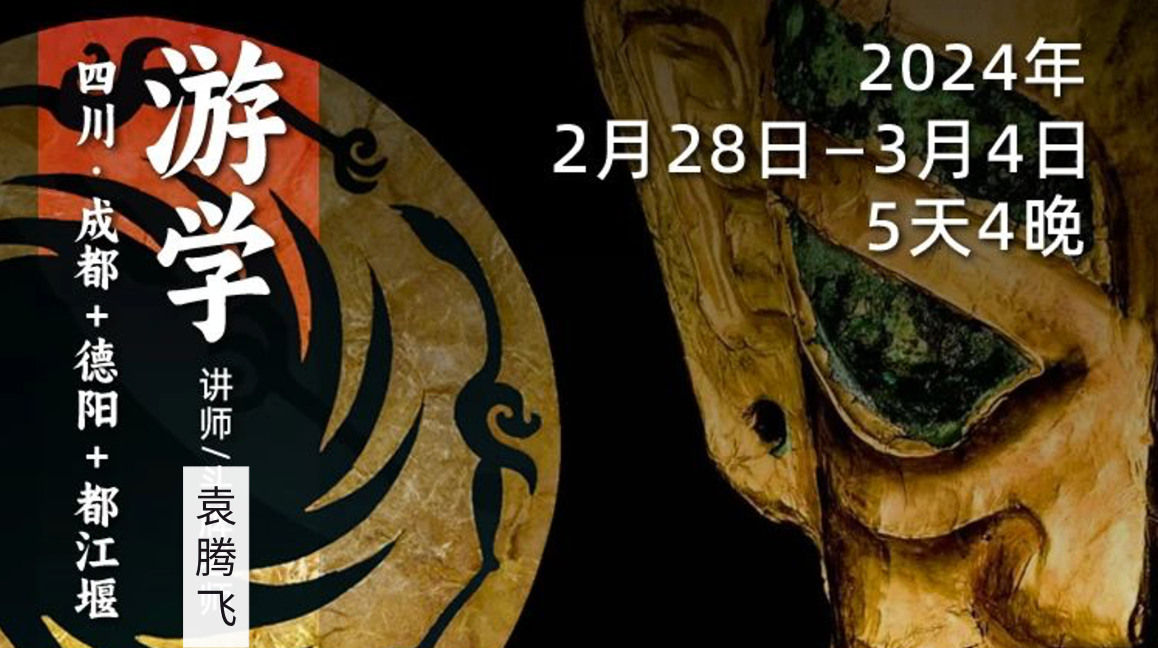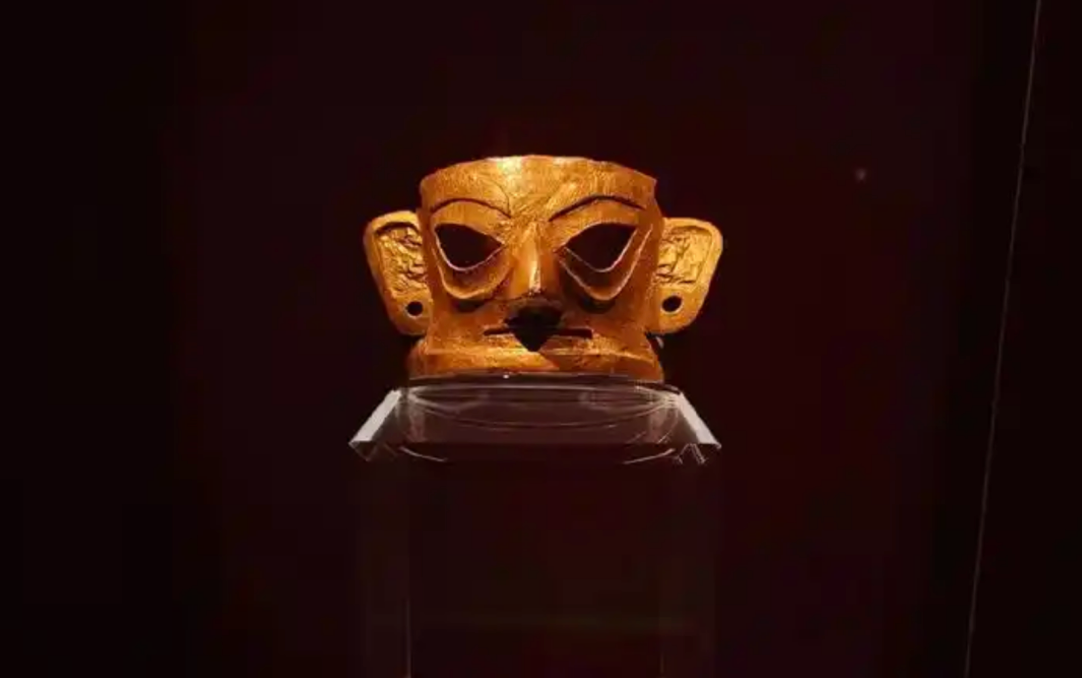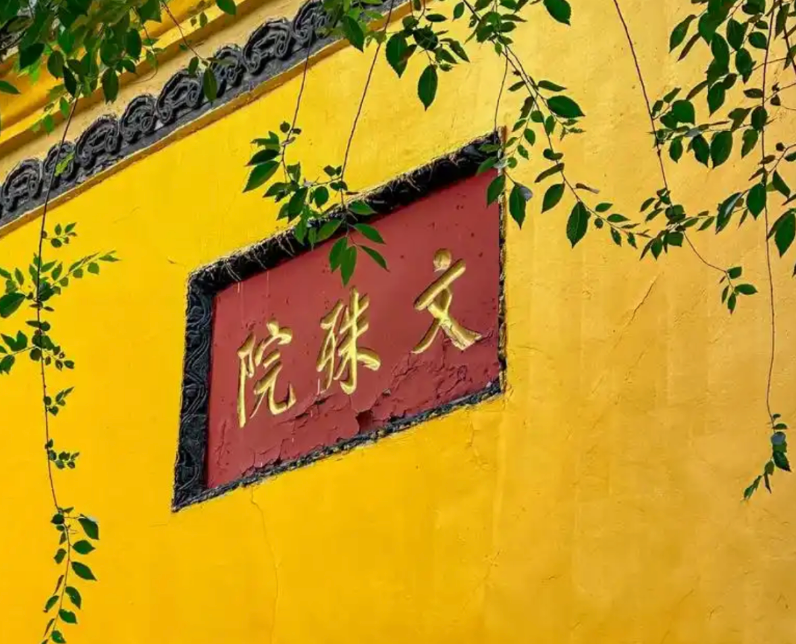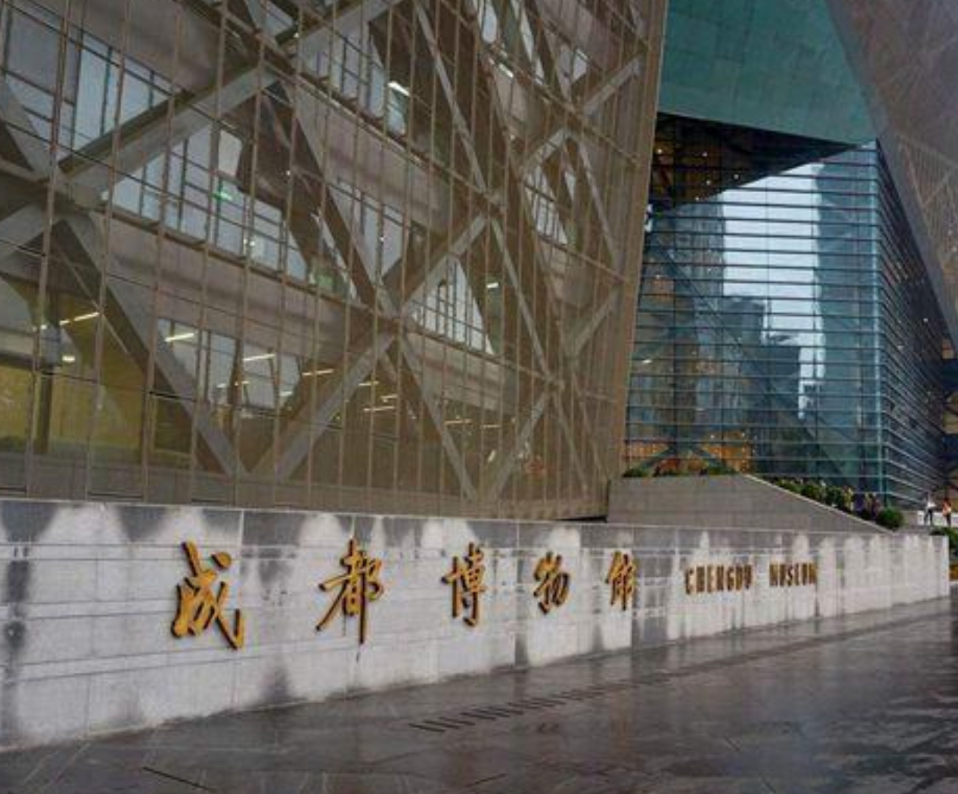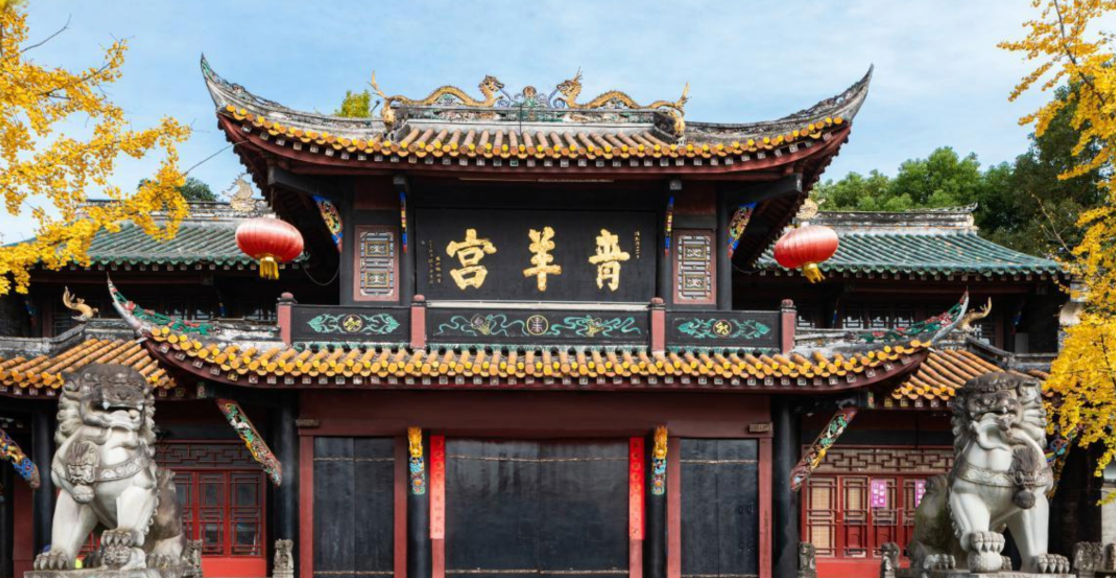LIFEANO 给生活另一种可能
February 28th-March 4th|Traveling in Sichuan: Teacher Yuan Tengfei takes you to explore the secrets of ancient Shu civilization and trace the light of Bashu culture!
February 28th-March 4th|Traveling in Sichuan: Teacher Yuan Tengfei takes you to explore the secrets of ancient Shu civilization and trace the light of Bashu culture!
Out of stock
Couldn't load pickup availability
" The spring scenery of Jinjiang River comes from heaven and earth, and the floating clouds of Yulei change from ancient times to the present "
From the Mysterious Ancient Shu to the Shu Han of the Three Kingdoms
From the prosperity of the Sui and Tang Dynasties to the progress of modern times
History has left a deep mark on the city of Chengdu
There is not only the mysterious Sanxingdui culture here
There is also the wonderful story of the division of the Three Kingdoms at the end of the Eastern Han Dynasty
More unique regional culture and customs
Winter turns to spring
Teacher Yuan Tengfei
We will lead you to have a deeper understanding of the history and culture of this city
Feel its unique charm
What are you waiting for?
Sign up now! Explore the history and culture of Shu with the " best history teacher in history " !
Team leader
Teacher Yuan Tengfei
Hailed by fans as " the best history teacher in history "
NO.1— Sanxingdui Museum
 The Sanxingdui site is located on the south bank of the Yazi River in Guanghan, Deyang, Sichuan, covering an area of about 12 square kilometers and dating back to 4,500 to 2,900 years ago. The Sanxingdui ancient city site in the core area of the site covers an area of about 3.6 square kilometers, and important relics such as city walls, sacrificial areas, and palace areas have been discovered. From the discovery of jade and stone artifacts in Sanxingdui in 1927 , to the discovery of Sanxingdui No. 1 and No. 2 sacrificial pits in 1986 , which "shocked the world", to the discovery of the No. 3 to No. 8 sacrificial pits since 2019 , it has caused a strong response at home and abroad.
The Sanxingdui site is located on the south bank of the Yazi River in Guanghan, Deyang, Sichuan, covering an area of about 12 square kilometers and dating back to 4,500 to 2,900 years ago. The Sanxingdui ancient city site in the core area of the site covers an area of about 3.6 square kilometers, and important relics such as city walls, sacrificial areas, and palace areas have been discovered. From the discovery of jade and stone artifacts in Sanxingdui in 1927 , to the discovery of Sanxingdui No. 1 and No. 2 sacrificial pits in 1986 , which "shocked the world", to the discovery of the No. 3 to No. 8 sacrificial pits since 2019 , it has caused a strong response at home and abroad.
The Sanxingdui Museum Park is located in the northeast corner of the Sanxingdui Ruins, covering an area of about 1,000 acres. It is famous for its four major features: cultural relics, architecture, displays, and gardens. It is one of the first national first-class museums. With a construction area of 54,400 square meters, it is currently the largest single building of a ruins museum in the southwest region.
The basic display of Sanxingdui is based on the theme of "Sanxingdui: Awakening from Sleep for Thousands of Years and Shocking the World". It consists of an introductory hall, three exhibition areas including "Century Dreams", "Majestic Royal Capital" and "Heaven, Earth, Man and Gods" and an interactive experience hall called "Dialogue with Sanxingdui", with an exhibition area of 22,000 square meters. A total of more than 1,500 pieces (sets) of precious cultural relics unearthed from the Sanxingdui site are on display, systematically displaying the results of Sanxingdui's centuries of archaeological research, and painting a brilliant, grand, romantic and unique picture of Sanxingdui's civilization, allowing visitors to immerse themselves in a "dialogue" with cultural relics and history.
NO.2— Jinsha Site Museum
 The Jinsha Ruins, covering an area of about 5 square kilometers, were the capital of the ancient Shu Kingdom, the center of ancient civilization in the upper reaches of the Yangtze River from the 12th century BC to the 7th century BC (about 3200-2600 years ago). The Jinsha Ruins are another major archaeological discovery in Sichuan after Sanxingdui. The important relics discovered include large-scale building foundations, sacrificial areas, general residential sites, large cemeteries, etc., and precious cultural relics such as gold, bronze, jade, stone, ivory, and lacquerware have been unearthed, as well as tens of thousands of pottery fragments, tons of ivory, and thousands of wild boar tusks and deer horns. It can be said to be the site with the richest gold and jade artifacts and the most dense ivory unearthed in the world.
The Jinsha Ruins, covering an area of about 5 square kilometers, were the capital of the ancient Shu Kingdom, the center of ancient civilization in the upper reaches of the Yangtze River from the 12th century BC to the 7th century BC (about 3200-2600 years ago). The Jinsha Ruins are another major archaeological discovery in Sichuan after Sanxingdui. The important relics discovered include large-scale building foundations, sacrificial areas, general residential sites, large cemeteries, etc., and precious cultural relics such as gold, bronze, jade, stone, ivory, and lacquerware have been unearthed, as well as tens of thousands of pottery fragments, tons of ivory, and thousands of wild boar tusks and deer horns. It can be said to be the site with the richest gold and jade artifacts and the most dense ivory unearthed in the world.
It can be confirmed that the main cultural relics of the Jinsha Ruins date back to the late Shang Dynasty to the Western Zhou Dynasty. It is very likely that it was another political, economic and cultural center that emerged on the Chengdu Plain after the decline of the Sanxingdui civilization. It was the capital of the ancient Shu Kingdom from the late Shang Dynasty to the Western Zhou Dynasty, and it is also one of the most important sites in China's pre-Qin period.
The discovery of the Jinsha site has greatly expanded the connotation and extension of the ancient Shu culture, and has great significance for the study of the origin, development, and decline of the Shu culture, especially finding strong evidence for solving the mystery of the sudden demise of the Sanxingdui civilization. The Jinsha site has revived a lost history and reproduced the glory of the ancient Shu Kingdom. Together with the prehistoric city sites in the Chengdu Plain, the Sanxingdui site, and the ship coffin tombs of the Warring States Period, it has constructed the four stages of the development and evolution of the ancient Shu civilization, proving that the Chengdu Plain is the center of the origin of the civilization in the upper reaches of the Yangtze River and an important organic part of the Chinese civilization, providing important evidence for the establishment of the "pluralistic unity" theory of the origin of ancient Chinese civilization.
The two main buildings of the Jinsha Site Museum - the Relics Hall and the Exhibition Hall, and the theme exhibition "Entering Jinsha" consist of five exhibition halls, namely "Ancient Home", "Silhouette of the Kingdom", "Endless Heaven and Earth", "Thousands of Years of Treasures", and "Interpreting Jinsha". It takes important relics and artifacts as its main content and uses modern scientific and technological means to vividly and vividly display the splendor and glory of the ancient Shu Jinsha from multiple angles, including ecological environment, architectural form, production and life, funeral customs, and religious sacrifices.
NO.3— Wenshu Monastery
 Wenshu Monastery, also known as "Konglin Hall", covers an area of more than 200,000 square meters. Wenshu Monastery was first built during the Sui Dynasty ( 605-617 ). In the 36th year of Emperor Kangxi's reign ( 1697 ), funds were raised to rebuild the temple and it was renamed Wenshu Monastery.
Wenshu Monastery, also known as "Konglin Hall", covers an area of more than 200,000 square meters. Wenshu Monastery was first built during the Sui Dynasty ( 605-617 ). In the 36th year of Emperor Kangxi's reign ( 1697 ), funds were raised to rebuild the temple and it was renamed Wenshu Monastery.
Wenshu Monastery is the most well-preserved Buddhist temple in Chengdu. It faces south and is built in the typical ancient style of the western Sichuan plain, mainly wooden structures. There are six levels of temples. Walking into the mountain gate, you will find the Heavenly King Hall, the Three Great Bodhisattvas Hall, the Great Hall, the Dharma Hall, and the Sutra Library. It is integrated with the bell tower, dining hall, corridors and other buildings on the east and west sides, and is a typical Qing Dynasty building. Wenshu Monastery is a Buddhist holy place that integrates Zen temple holy sites, garden ancient buildings, pilgrimage sightseeing, and religious learning.
No.4— Chengdu Museum

Chengdu Museum is the largest comprehensive urban museum in Southwest China to date. It is a national first-class museum and the first national museum in Sichuan and the only one in Chengdu.
The museum covers an area of about 17 mu, with a total construction area of about 65,000 square meters and an exhibition area of about 20,000 square meters. It has "Flowers in the Brocade City: Exhibition of Chengdu's History and Culture (Ancient, Modern, Folk Customs)" and "Shadows of the World". There are three permanent exhibitions: "Puppet Show: Chinese Shadow Play" and "Man and Nature: The Berlin Donation Exhibition". There are nearly 300,000 pieces of collections, forming a relatively complete collection series from the Neolithic Age to the Republic of China period, including historical relics, shadow play puppets, modern and contemporary calligraphy and painting masterpieces.
NO.5— Wuhou Temple

The Chengdu Wuhou Temple Museum covers an area of 150,000 square meters. It was founded in the third year of Emperor Wen of Wei. It is the only temple in China that commemorates the heroes of Shu Han, such as Liu Bei, Zhuge Liang, Guan Yu, Zhang Fei, etc., and is also the most influential Three Kingdoms relics museum in the world.
In the 24th year of Hongwu in the Ming Dynasty ( 1391 ), Zhu Chun, the King of Shuxian in the Ming Dynasty, advocated that "the monarch and his subjects should be one body". He abandoned the Wuhou Temple next to Huiling, rebuilt the Han Zhaolie Temple, and placed the statue of Zhuge Liang in the Han Zhaolie Temple, thus realizing the pattern of "one temple to worship both the monarch and his subjects". After that, the name Wuhou Temple no longer refers specifically to the temple commemorating Zhuge Liang, but includes areas such as Huiling and Han Zhaolie Temple, collectively known as "Wuhou Temple". In the 10th to 11th year of Kangxi in the Qing Dynasty (1671-1672 ) , Song Kefa, the Sichuan Provincial Surveillance Commissioner, presided over the reconstruction of the Wuhou Temple, forming a pattern of two halls standing side by side, with the front hall as a court ceremony and the back hall as a family ceremony, worshipping the monarch and his subjects together.
NO.6— Chengdu Yongling Museum

Chengdu Yongling is the mausoleum of Wang Jian, the founding emperor of the Former Shu during the Five Dynasties and Ten Kingdoms period in China. It is historically known as the "Yongling" and is one of the first batch of national key cultural relics protection units announced by the State Council. Yongling (Wang Jian's Tomb) has a history of more than 1,100 years . It was discovered in 1940 and excavated in 1942. It is the first scientifically excavated imperial mausoleum in China and the only above-ground imperial mausoleum in China. The underground palace is carefully selected, the stone carvings are exquisite, and the unearthed jade and silver wares are ingenious and can be regarded as exquisite cultural relics.
Chengdu Yongling Museum is an ancient tomb museum established based on Yongling (Wang Jian's Tomb). It is now a national second-level museum, covering an area of 54,000 square meters. It consists of three major parts: cultural relics protection area, comprehensive museum, and garden protection area. It has a thousand-year-old mysterious and profound cultural context and a hundred-acre garden with birds singing and flowers blooming. It is a famous cultural and tourist destination in Chengdu.
NO.7— Qingyang Palace

Qingyang Palace is located in the West Second Section of the First Ring Road in Chengdu, Sichuan Province. It is known as the "No. 1 Taoist Temple in Western Sichuan" and "No. 1 Forest in Southwest China". It is also one of the famous Taoist temples in China. Qingyang Palace was first built in the Zhou Dynasty and was originally named Qingyang Si. In the Ming Dynasty, the palaces built in the Tang Dynasty were destroyed by war. Most of the existing buildings were rebuilt in succession from the sixth to the tenth year of Emperor Kangxi's reign in the Qing Dynasty ( 1667-1671 AD ), covering an area of about 120,000 square meters.
The main buildings of Qingyang Palace include the Mountain Gate, Sanqing Hall, Tangwang Hall, etc. The Hunyuan Hall in the palace is tall and majestic. The Bagua Pavilion is the most complete and most luxurious building among them, enshrining the statue of Laozi riding a green bull. The most valuable cultural relic in Qingyang Palace is a copy of Daozang Jiyao, which is the most complete version in the world and has become a precious material for studying Taoism.
Registration Information
Assembly / disbandment
●February 28, 2025 ( Friday ) - Gathering in Chengdu, Sichuan Province, March 4 (Tuesday) - Disbanding in Chengdu, Sichuan Province. Please properly arrange your itinerary before and after the gathering;
Precautions
● Customer service will contact you 2 weeks in advance after registration, please keep your WeChat and phone open;
● Children under 6 years old are not recommended to participate. Minors aged 6-12 years old must be accompanied by a guardian;
Activity Fees
● The fee includes: meals, accommodation, transportation and lecturer explanations from the time of gathering to the time of disbanding;
●The fee does not include: round trips before and after the meeting, and other expenses not listed;
Hassle-free refund policy
● If the event is cancelled due to reasons of the organizer, all fees will be refunded;
● If the event is cancelled due to force majeure, the unincurred fees will be refunded;
● If you are unable to attend the event due to personal reasons, no fees will be refunded (the spot is transferable). Please do not take pictures if you mind. Thank you for your understanding.
Share
